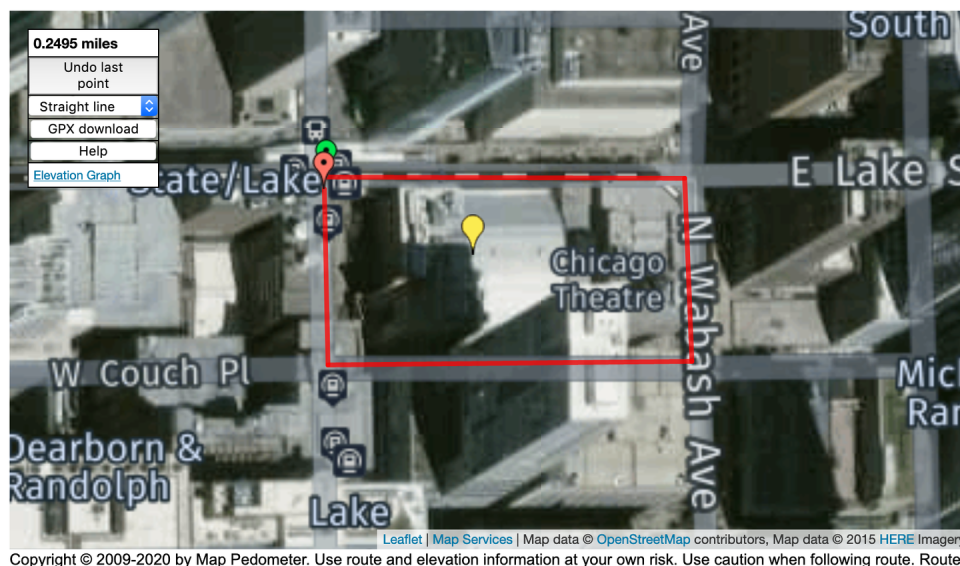Can Socially Distanced Concerts Work? Let's Do the Math

The era of socially distanced concert venues began last night in Newcastle, England.
In some places, venues are begging to reopen at half capacity, which just isn't safe.
The Newcastle venue is brand new, designed for this purpose, and seemingly pretty nice.
Last night, British singer-songwriter Sam Fender played the first public concert in the age of COVID-19 in Newcastle, England. Clusters of family members and spouses were seated on raised platforms with small fences around them, and these platforms were spaced responsibly.
The UK’s first socially distanced gig is happening now in Newcastle with @samfendermusic headlining, and where attendees have their own private viewing area with 2m of space between them. Here’s what it looks like #samfender #unityarena pic.twitter.com/YBdxpAjYyi
— Kieron Donoghue (@kierondonoghue) August 11, 2020
The UK's first socially distanced gig happened in Newcastle last night.
500 separate raised metal platforms, each accommodating up to five people from the same family/household. Hand sanitizer station and mini fridge included. Singing allowed too! pic.twitter.com/49pp1EnVFj— Ian Dempsey (@IanDempsey) August 12, 2020
A total of 2,500 fans attended and spread out over 500 platforms. Newcastle has a series of concerts planned with the same setup, and from our vantage, the results look about the same as the specialty movie theaters that seat people around entire tables. Fans look comfortable and happy—or at least more than they typically do when they’re crammed into closer seats. There’s no stranger spilling beer on you in this setup.
Dive deeper. Read the best science, health, and tech features and get exclusive access to Pop Mech , stat.
But how much bigger, roughly, is this setup? And is it a viable way forward for the concert industry?
There’s no one-to-one comparison, because the Virgin Money Unity Arena has been constructed for socially distanced concerts. That alone is pretty cool, indicating foresight that means the arena is now the only game in town—literally.
To compare, instead, let’s consider the Chicago Theatre, which holds 3,600 people. I’m doing some back-of-the-napkin math using a super helpful site called Map Pedometer. The entire block that includes the Chicago Theater has a circumference of about a quarter mile, so the area is about 109,000 square feet.

In the pure map view, we can see the theater is about half of that entire area, so let’s call that 50,000 square feet. (We’re eyeballing this and also acting like the interior of the Chicago Theatre is an empty warehouse that we can seat to the very edges, so, needless to say, this is not a logistics recommendation.)

If 3,600 people shared 50,000 square feet of indoor space, they’d each have just under 14 square feet—a personal pod of about 4 by 3.5 feet, which is not enough. But that’s not quite analogous yet, either. In Newcastle, safe groups of linked people were allowed to sit together at a rate of 500 platforms for 2,500 attendees. If the Chicago Theatre had the same proportions for pods of concertgoers, they’d have 720 of these.
That brings the square footage up to just under 70, so about 8 by 8.5 feet. Now, people can almost gather and sit pretty comfortably while still keeping 6 feet between them, but it’s still a really tight squeeze. And that’s before you factor in things like how traffic will flow through the pods without people having to face each other in passing, how they’ll walk to and from the restrooms, and on and on.
What happens if there’s a fire in a responsibly distanced indoor venue? These aren’t idle trolley problems from ethics class anymore, because anyone hosting a public event must make safe and legally feasible plans for all possible outcomes. The Newcastle venue seems like a thoughtfully built solution to a tricky logistical problem. Let’s see if other venues follow suit.
If you can't see live music, then at least make sure it sounds great.
You Might Also Like

 Yahoo News
Yahoo News 